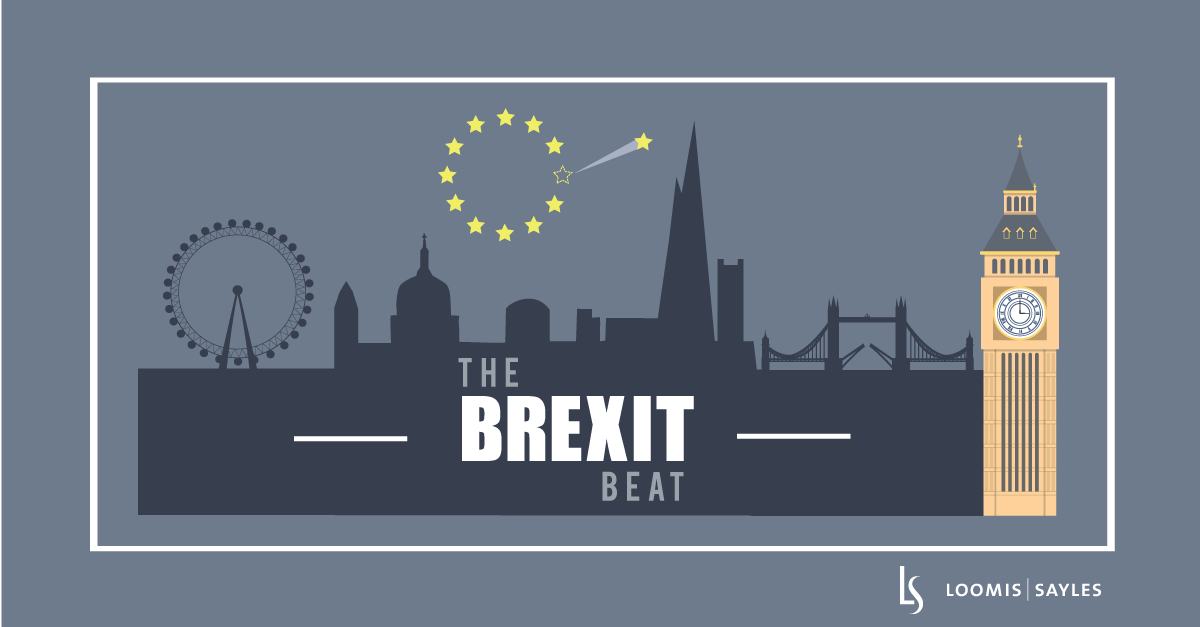
UK Prime Minister Johnson got “phase one” done
Nearly three and a half years after the Brexit referendum and all of the parliamentary drama in 2019, the UK finally legally exited the EU on Friday, January 31. The UK has now entered an 11-month transition period that ends December 31, 2020. During the transition period, the economic relationship between the UK and the EU remains unchanged. The UK is still part of the single market and customs union and has to follow EU rules and pay EU bills. However, the UK no longer has a say on EU rule-making and decisions.
Phase two has begun
Now that the “divorce” is done, UK and EU leaders will move on to more complex negotiations about their future relationship. PM Johnson wants to ban the word “Brexit,” aiming to portray the future relationship as a boring technical debate so that it might fade from political headlines and everyday conversation. But Brexit by any other name is still Brexit.
Divergence versus alignment
Some things never change. The opening bids from either side have not been comforting. The UK ruled out an extension to the transition phase and has been stressing “divergence.” Meanwhile, the EU has consistently said “alignment” and “level playing field.” Both are expected to publish formal negotiating objectives in the coming weeks, and the actual negotiating should begin in early March. The UK government believes there is enough time to get a full deal. The EU thinks it’s nearly impossible. But both sides have blinked before, so there is reason for some hope.
Most people expected the UK to use the EU’s trade agreement with Canada as the blueprint for phase two. In a speech today, PM Johnson confirmed that goal, but also suggested he’d be comfortable with a relationship “more like Australia’s.” Now, Australia does not have a free trade agreement (FTA) with the EU. If the UK and EU fail to reach an agreement, the legal default after December 31 is a relationship based on World Trade Organization terms—the type of hard Brexit the market has feared. PM Johnson has just implied he’s comfortable with that scenario. So, it is going to get noisy again.
What to watch
We’re waiting for formal negotiating mandates and watching the negotiating styles. We’re weary of PM Johnson’s willingness to talk about walking away. Northern Ireland and Scotland remain a risk. Negotiations around fisheries will likely be a contentious topic. The UK plans to negotiate other FTAs simultaneously, with a focus on the US, which may hurt the UK more than it helps. The uncertainty over uncertainty means market views on the Bank of England remain as divergent as ever, with predictions ranging widely from rate hikes to rate cuts and quantitative easing.

MALR024845





